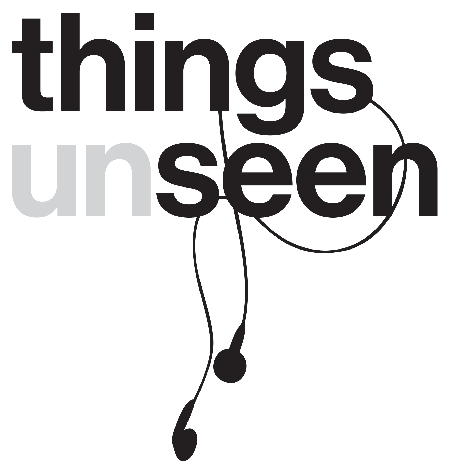A God-shaped Hole?
Is there a God-shaped hole at the heart of our post-Christian world?
Does it matter? Is it all potential gain, with freedom of expression and liberation from oppression at last possible? Or are there unforeseen losses, too? Has the decline in religious practice and ritual opened up a void now all too easily filled with consumerism, the social media, and a preoccupation with therapy and self-help? Indeed, with ‘oneself’?
And how true is G K Chesterton’s assertion that when people give up belief in God, rather than believe in nothing, they believe in anything?
Mark Dowd, well-known to TV and Radio audiences, chairs a discussion on this controversial issue with the Roman Catholic journalist, Peter Stanford; the former Anglican priest known now as a Christian agnostic, Mark Vernon; and Julian Baggini, who has found throwing off his religious roots for atheism nothing but liberating.
Image courtesy of Kevin Friery via flickr.com ©©



Latest comments
Leave a comment
Is this really a “post-Christian” world?
There are now more Christians on the planet than ever before, both in total numbers and as a percentage of the human population.
The world is saturated with Christian propaganda in both paper and electronic forms.
There are more Christian schools and universities than ever before.
There are more Christian missionaries than ever before – in every last corner of the planet.
And yet the human world is becoming more and more insane every year, and what is more, many/most of the leading edge vectors of this now universal insanity are right-wing Christians, both “catholic” and Protestant, with many of the “catholics” being very big on referring to Chesterton.
The moral of the story being that anyone who believes that they are “saved” by the brutal murder and/or blood sacrifice of the God-man Jesus and his presumed “resurrection” (which obviously did not occur) will believe almost anything, however fantastically absurd.
Such nonsensically absurd beliefs belong entirely within the modern category of what are called urban legends.
John